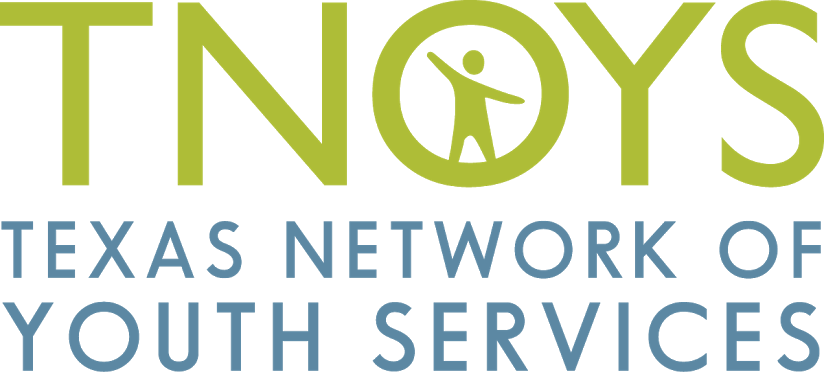With Texas’ 84th Legislative Session beginning in only 8 months, it is not too early to begin planning our advocacy activities!
At TNOYS, as well as in many of our member organizations, we engage in advocacy in order to impact changes in state policy that will help empower youth to succeed. By building strategic relationships with both service providers and legislators, we are able to communicate the issues to many of those involved. But, how do we know if we are in fact impacting the changes that we seek? If we see successful legislative action, how can we determine the influence of our efforts on these actions? While there may not be simple answers to these questions, we can use some evaluation tools and frameworks to investigate the successes of our advocacy efforts.
Key Framework: Evaluate each phase of the policy process with measurements and indicators to success tied to each phase
Organizations are involved in advocacy in all of the phases of the policy process, including agenda setting, legislative change, and policy implementation. Make sure that you are evaluating your advocacy activities and their outcomes for their appropriate phases, and then as a whole. For example, bringing in youth to testify can be in input for impacting legislative change, but it could also be an outcome or a success during the agenda setting phase because it shows that the issue is being heard. This approach can also help make sense of some of the rapid changes characteristic of the policymaking process. By looking at the activities in all phases, we can then begin to understand the big picture.
Key Question: Are we considering both long-term and short-term successes?
Tip: Success can mean many different things in advocacy. It is important to realize that some short-term successes can come at the expense of long-term goals and vice versa. When defining success, we must consider not only policy outcomes (such as passing, killing, or amending a bill), but also motivating and organizing our members, building relationships, educating legislators and the public, and changing the culture and attitude toward youth services.
Key Question: Do our advocacy efforts align with our organization’s mission and goals?
Tip: Plan your evaluation at the same time you are planning your advocacy activities. This way you can document your progress throughout the entire process and make sure you are doing what you said you would do, and if these goals align with the needs of your community.
Resource: Use this guide to advocacy evaluation to map your plan
By being flexible yet conscientious about evaluating our advocacy, we begin to understand what we are doing for advocacy and the impact of our actions.
– Althea
